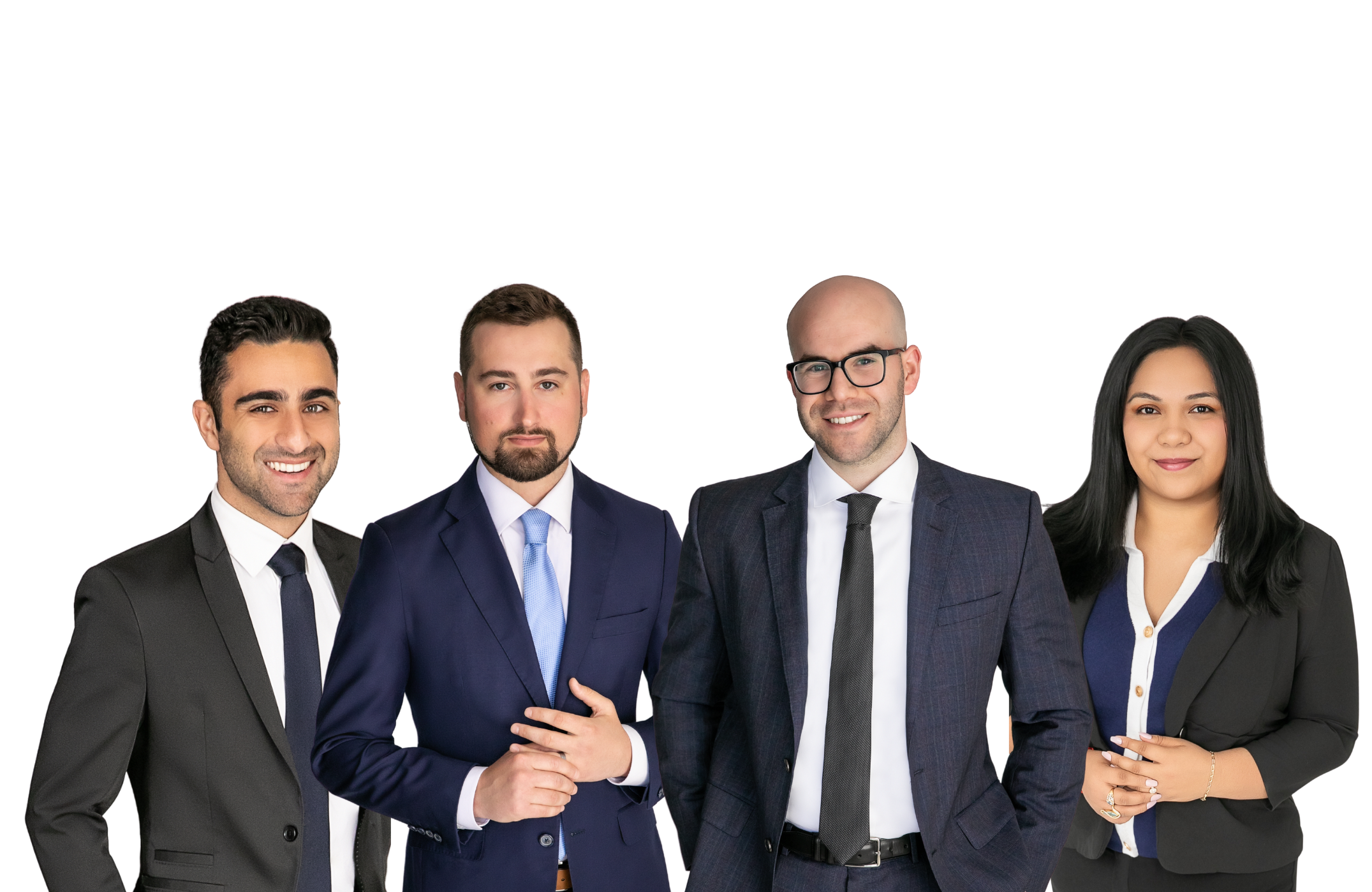Code of Civil Procedure § 340.5 – Statute of Limitations for Medical Malpractice
Free Consultation Request
Code of Civil Procedure § 340.5 – Statute of Limitations for Medical Malpractice
Code of Civil Procedure – CCP
PART 2. OF CIVIL ACTIONS [307 – 1062.34]
( Part 2 enacted 1872. )TITLE 2. OF THE TIME OF COMMENCING CIVIL ACTIONS [312 – 366.3]
( Title 2 enacted 1872. )CHAPTER 3. The Time of Commencing Actions Other Than for the Recovery of Real Property [335 – 349.4]
( Chapter 3 enacted 1872. )California Law
340.5.
In an action for injury or death against a health care provider based upon such person’s alleged professional negligence, the time for the commencement of action shall be three years after the date of injury or one year after the plaintiff discovers, or through the use of reasonable diligence should have discovered, the injury, whichever occurs first. In no event shall the time for commencement of legal action exceed three years unless tolled for any of the following: (1) upon proof of fraud, (2) intentional concealment, or (3) the presence of a foreign body, which has no therapeutic or diagnostic purpose or effect, in the person of the injured person. Actions by a minor shall be commenced within three years from the date of the alleged wrongful act except that actions by a minor under the full age of six years shall be commenced within three years or prior to his eighth birthday whichever provides a longer period. Such time limitation shall be tolled for minors for any period during which parent or guardian and defendant’s insurer or health care provider have committed fraud or collusion in the failure to bring an action on behalf of the injured minor for professional negligence.
For the purposes of this section:
(1) “Health care provider” means any person licensed or certified pursuant to Division 2 (commencing with Section 500) of the Business and Professions Code, or licensed pursuant to the Osteopathic Initiative Act, or the Chiropractic Initiative Act, or licensed pursuant to Chapter 2.5 (commencing with Section 1440) of Division 2 of the Health and Safety Code; and any clinic, health dispensary, or health facility, licensed pursuant to Division 2 (commencing with Section 1200) of the Health and Safety Code. “Health care provider” includes the legal representatives of a health care provider;
(2) “Professional negligence” means a negligent act or omission to act by a health care provider in the rendering of professional services, which act or omission is the proximate cause of a personal injury or wrongful death, provided that such services are within the scope of services for which the provider is licensed and which are not within any restriction imposed by the licensing agency or licensed hospital.
(Amended by Stats. 1975, 2nd Ex. Sess., Ch. 2.)
California Law Summary
This statute sets the statute of limitations for medical malpractice actions. It provides that:
An action for injury or death against a health care provider based on alleged professional negligence must be commenced within three years after the date of injury, or
One year after the plaintiff discovers, or through reasonable diligence should have discovered, the injury,
Whichever occurs first.
There are specific exceptions for cases involving fraud, intentional concealment, or the presence of a foreign body with no therapeutic or diagnostic purpose.
Purpose
To balance the interests of injured patients in seeking redress with the need for finality and fairness to healthcare providers. This statute ensures that claims are filed within a reasonable time while allowing for delayed discovery in certain situations where the injury is not immediately apparent.
Application
This rule applies exclusively to medical malpractice claims involving licensed health care providers. Plaintiffs must file suit:
Within one year of discovering the injury, or
Within three years of the date the injury occurred, whichever comes first.
Failure to file within this timeframe generally results in the claim being barred. However, the limitations period may be tolled in cases involving:
Fraud or intentional concealment,
Minor plaintiffs (under the age of 6, who have up to age 8 to file),
The presence of a non-therapeutic foreign object left in the body.


